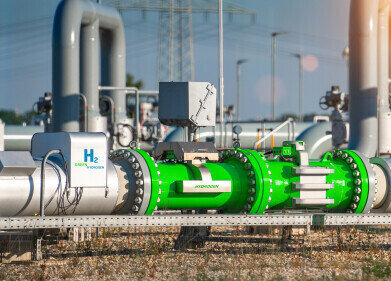Biofuel industry news
ASU biofuel laboratory looks into non-toxic lipid extraction
Oct 06 2010
Until now, the toxicity of the chemicals used has been an undesired element in the procedures used to extract the energy potential of cyanobacteria in the form of its fatty lipid molecules.
But with the photosynthetic bacteria able to produce 100 times the amount of fuel per acre, at 15,000 gallons, compared with woody plantlife, their potential as an energy source has encouraged the biofuel laboratory and others like it to work on removing the toxicity from the process.
The scientists are assisted by the fact that the genetic code of the simple organisms has been sequenced in full, making it easier to modify in order to enhance yield and lipid quality.
Jie Sheng, a graduate researcher at Phoenix-based ASU, adds that there is a correlation between ideal growth conditions for the bacteria and increased lipid output.
"When the cell is provided with happy conditions for growth, we are able to get much more lipid out," the scientist explains.
Digital Edition
PIN 26.1 Feb/Mar 2025
March 2025
Analytical Instrumentation - Elemental Analysis for Quality and Process Control at Refineries, for Lubricants and Wear Metals in Engine Oils - Synthetic Lubricants: New Developments - Scaling...
View all digital editions
Events
Apr 14 2025 Moscow, Russia
Apr 15 2025 Moscow, Russia
Apr 22 2025 Hammamet, Tunisia
Apr 22 2025 Kintex, South Korea
Solar & Energy Storage Summit 2025
Apr 23 2025 Denver, CO, USA



















